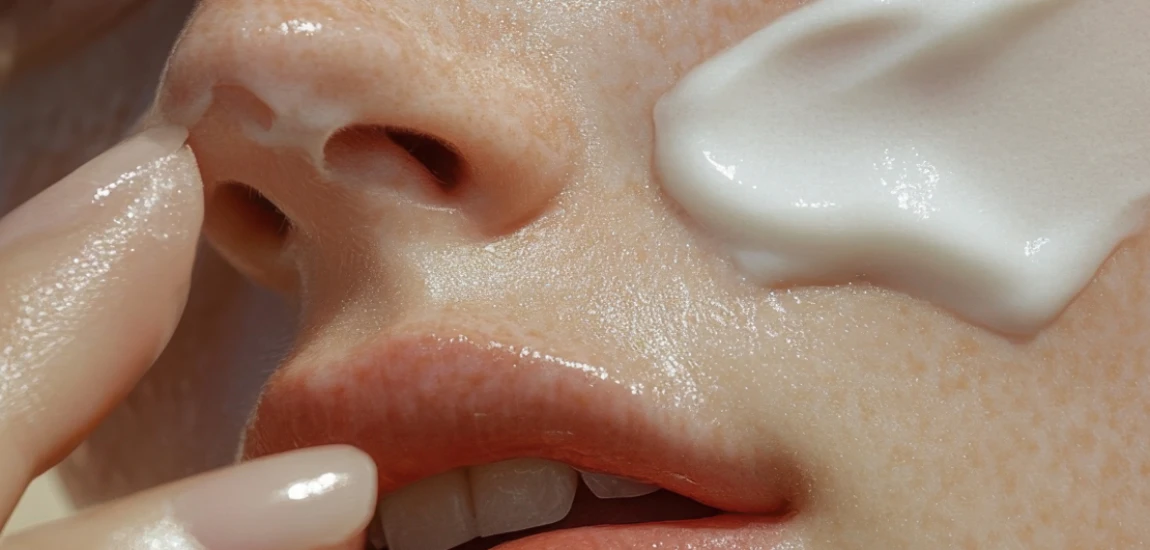Romanticizing the Routine: When Mundane Moments Get a Glow-Up

In a world where social media thrives on curated perfection and aspirational lifestyles, there’s been a quiet yet powerful counter-movement: romanticizing the routine. Instead of chasing extraordinary vacations or grand milestones, people are finding joy in the seemingly unremarkable—making a cup of coffee, tidying up a desk, going for a short walk, or journaling before bed. What used to be dismissed as mundane is now getting its own glow-up, with influencers and everyday users alike sharing snapshots of small rituals that add texture and meaning to daily life.
At first glance, this might seem like just another aesthetic trend—the “clean girl morning routine” on TikTok or cozy desk setups on Pinterest. But beneath the filters, romanticizing the routine speaks to something deeper: a cultural shift toward mindfulness, intentional living, and reclaiming time from the fast-paced chaos of modern existence. It’s a recognition that ordinary life makes up most of our days, and learning to celebrate it can transform the way we experience ourselves and the world around us.
In this blog, we’ll explore how romanticizing the routine became popular online, why it resonates with so many people, the psychology behind it, and practical ways to bring this mindset into your daily life.
The Rise of Romanticizing Everyday Life Online
The popularity of romanticizing the routine didn’t appear out of nowhere. It emerged as an antidote to the fatigue caused by social media’s endless pursuit of perfection. For years, online culture was dominated by grand gestures: exotic vacations, luxury shopping hauls, and perfectly orchestrated life milestones. These posts often left audiences feeling envious or inadequate, as everyday life rarely measured up to such glossy depictions.
Then, during the pandemic, something shifted. With travel restrictions and limited access to entertainment, people had no choice but to focus on their immediate surroundings. Suddenly, baking bread, organizing a bookshelf, or taking a sunset walk became highlights worth sharing. Platforms like TikTok amplified this trend with aesthetic “day in the life” montages that made sipping tea or watering plants feel cinematic.
This shift wasn’t just about boredom—it reflected a deeper desire for presence. People realized that happiness isn’t always in the extraordinary but in the ordinary moments we overlook. The aesthetic presentation—soft lighting, calming music, intentional framing—was less about performance and more about reframing perspective. A simple breakfast could feel as nourishing for the soul as a trip abroad if viewed with the right lens.
Today, romanticizing the routine is more than a fleeting social media fad. It’s a philosophy of slowing down, appreciating the little things, and recognizing beauty in places where we once saw only chores. It’s about turning life’s filler moments into main characters.

The Psychology Behind Romanticizing the Routine
The appeal of romanticizing the routine can be explained through psychology. At its core, it’s about mindset reframing—shifting from seeing tasks as burdens to viewing them as opportunities for joy and presence.
Psychologists often highlight the importance of mindfulness in daily life: the practice of being fully present in the moment. Romanticizing the routine is essentially mindfulness with an aesthetic twist. When you light a candle while journaling, or play calming music while cooking dinner, you’re adding small sensory cues that enhance presence and turn an ordinary activity into a grounding ritual.
There’s also the concept of hedonic adaptation, which explains why humans quickly get used to big life changes—whether positive or negative—and return to baseline happiness levels. Grand experiences (a new car, a vacation, a promotion) might create spikes in joy, but they don’t sustain long-term satisfaction. By contrast, finding delight in everyday activities provides more consistent, reliable happiness. Romanticizing the routine counters hedonic adaptation by refreshing our appreciation for the everyday.
Finally, this trend ties into identity and self-expression. The way we approach daily life reflects how we see ourselves. Drinking coffee from a favorite mug, wearing comfortable yet stylish loungewear, or arranging fresh flowers at home communicates self-worth and intentionality. Instead of waiting for special occasions, romanticizing daily rituals says: I deserve beauty and joy every day, not just on weekends or holidays.
This psychological foundation explains why romanticizing routines resonates so deeply—it’s not about materialism but about creating meaning in the everyday.

How Romanticizing Routines Improves Mental Well-Being
The benefits of romanticizing routines go beyond aesthetics; they have tangible impacts on mental health and overall well-being. In a time when burnout, anxiety, and digital fatigue are widespread, shifting how we see our routines can create a protective buffer against stress.
One of the main benefits is increased mindfulness. By approaching daily tasks with intention, we naturally slow down and become more attuned to the present moment. Washing dishes transforms from a tedious obligation into a meditative pause when paired with calming music or the scent of soap. This kind of presence reduces rumination and fosters calm.
Romanticizing routines also helps combat decision fatigue. By turning everyday actions into rituals, we create comforting structures in our lives. For example, making the bed with care each morning or savoring a cup of tea at the same time daily provides predictability and stability in an otherwise chaotic world.
There’s also an element of gratitude practice embedded in this approach. By noticing and celebrating small joys—a breeze through an open window, the first sip of coffee, a neatly written planner—we train ourselves to recognize abundance instead of scarcity. Over time, this strengthens resilience and optimism.
Finally, romanticizing routines provides a healthier counterbalance to social media comparison. Instead of constantly striving for extravagant milestones, people begin to see their own lives as worthy of admiration. Sharing a beautifully lit moment of folding laundry or journaling reminds us that our ordinary experiences are enough.
In short, romanticizing routines isn’t just pretty—it’s profoundly healing

Practical Ways to Romanticize Your Routine
The beauty of this practice lies in its accessibility. You don’t need expensive products or dramatic lifestyle changes to romanticize your routine—small, intentional adjustments can transform the way you experience daily life. Here are some practical ways to get started:
Create sensory rituals. Add small sensory pleasures to tasks, like lighting a candle before work, using essential oils while cleaning, or playing your favorite playlist while cooking. These signals help you associate ordinary activities with joy.
Invest in small upgrades. You don’t need luxury goods, but swapping a chipped mug for a sturdy, beautiful one can make morning coffee feel special. Similarly, fresh flowers, cozy blankets, or good-quality notebooks elevate routines.
Add mindfulness cues. Pause before meals to appreciate your food, take a deep breath before starting your day, or notice details in your surroundings like textures, sounds, or scents.
Romanticize chores. Turn cleaning into a mini workout or a dance party. Reframe laundry folding as time for reflection or pair it with your favorite podcast.
Celebrate transitions. Use routines as markers for different phases of the day—like brewing tea after work to signal winding down, or stretching in the morning to start fresh.
Document moments. Taking photos or journaling about your routines helps reinforce their value. Over time, you’ll have a collection of small joys to look back on.
Romanticizing routines isn’t about faking luxury or curating content for others; it’s about choosing to see your own life as inherently worthy of beauty and celebration.




